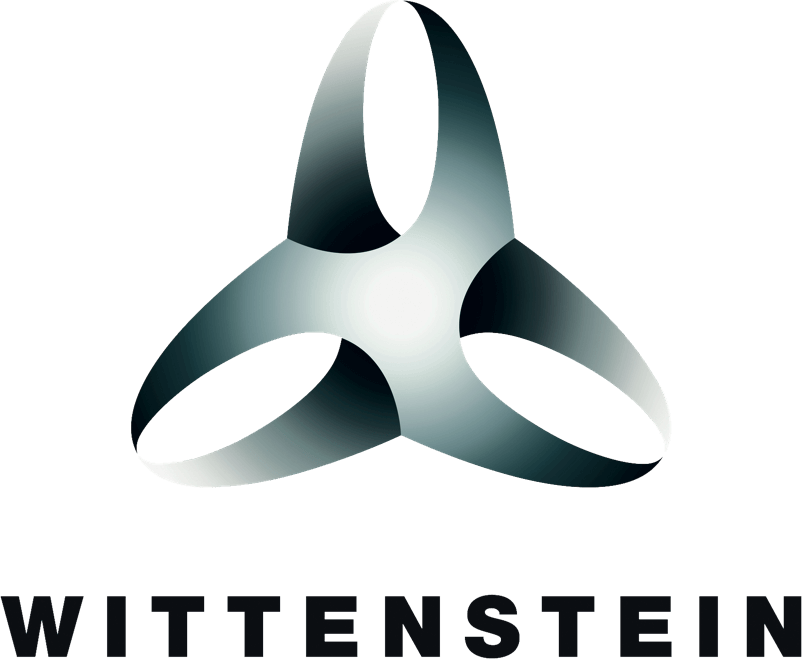Avoiding Pitfalls: Lessons Learned from Managing RTOS Projects in Automotive and Medical Domains
21 Oct, 2025Real Time Operating Systems (RTOS) are the backbone of many safety-critical applications, especially in the automotive and medical sectors. Their deterministic behaviour, reliability, and scalability make them ideal for embedded systems where timing and precision are non-negotiable. However, managing RTOS projects in these domains comes with unique challenges, and valuable lessons.
Drawing from WITTENSTEIN high integrity systems’ experience across both industries, this article explores key pitfalls and how to avoid them, offering practical insights for project managers, system architects, and engineering teams.
The Importance of Realistic Planning
One of the most common pitfalls in RTOS projects is underestimating the complexity of resource planning. In both automotive and medical domains, development cycles are tightly regulated and often span multiple teams across geographies.
Lesson Learned:
Effective planning must account for all resource availability, including holidays, parallel project commitments, and contingency buffers. By integrating these factors early, timelines become more realistic and less prone to slippage.
Cross-Functional Reviews Are Non-Negotiable
RTOS development involves multiple layers, from hardware abstraction to application logic. In regulated industries, overlooking cross-functional reviews can lead to costly rework and compliance risks.
Lesson Learned:
Establish mandatory review checkpoints across cross-functional teams. These reviews should be structured, documented, and traceable to ensure alignment and early detection of integration issues.
Closing Requirements Early to Minimize Rework
In medical and automotive projects, late-stage changes, especially post-design gate, can trigger significant rework. This is particularly true when customer feedback arrives after requirements have been frozen.
Lesson Learned:
Prioritize early closure of critical requirement sets (e.g., critical requirement sets) and ensure customer engagement is front-loaded. This reduces the likelihood of disruptive changes and helps maintain design integrity.
Tracking Effort Across Gate Reviews
Gate reviews are essential for structured development, but they often lack visibility into actual effort versus planned effort. This gap can obscure resource bottlenecks and delay mitigation strategies.
Gate reviews are checkpoints for assessing progress, effort, and alignment with business goals / project objectives. Tracking planned vs. actual effort is a key part of maintaining control and transparency in regulated projects.
Lesson Learned:
Introduce effort tracking metrics at each gate review. Comparing planned vs. actual effort helps identify inefficiencies, improve forecasting, and support data-driven decision-making.
In Gartner’s article “Learn to Conduct Effective Gate Reviews”, Robert A. Handler, Research Vice President and distinguished Analyst at Gartner notes that: “Gate reviews have a valuable role to play in mitigating risk and driving incremental value. It’s up to PMO leaders to make them effective in their organization.”
Clarifying Review Responsibilities
In complex RTOS projects, ambiguity around who reviews what can lead to missed defects and accountability issues.
Lesson Learned:
Define clear review responsibilities for all engineers. Every piece of development work must have a designated reviewer with the appropriate domain expertise. This not only improves quality but also fosters a culture of ownership.
Support: Standards such as ISO 26262 (Automotive Functional Safety) and IEC 61508 (Functional Safety of Electrical/Electronic Systems) emphasize role clarity and accountability in safety-critical development. Assigning qualified reviewers ensures traceability and compliance.
Tools and Techniques for Success
- Use of V-model or hybrid Agile approaches.
- Traceability tools for safety requirements.
- Risk management frameworks tailored to RTOS integration.
Recommendations for Future Projects
- Start RTOS evaluation during concept phase.
- Align certification goals with product milestones.
- Maintain a living risk register and traceability matrix.
- Build strong vendor relationships and technical review cycles.
Conclusion
RTOS projects in automotive and medical domains demand precision, collaboration, and foresight. By learning from common pitfalls, unrealistic planning, insufficient reviews, late requirement changes, and poor effort tracking, teams can build more resilient processes and deliver safer, more reliable systems.
Whether you’re managing a next-gen Electronic Control Unit (ECU) or a life-critical infusion pump, the principles remain the same: plan thoroughly, review rigorously and track relentlessly.
RTOS projects in safety-critical domains are complex but manageable with proactive project leadership.
Project Managers are key to bridging technical execution and regulatory success.
Author
Adegoke Gbadamosi, Project Manager.
Back to News
